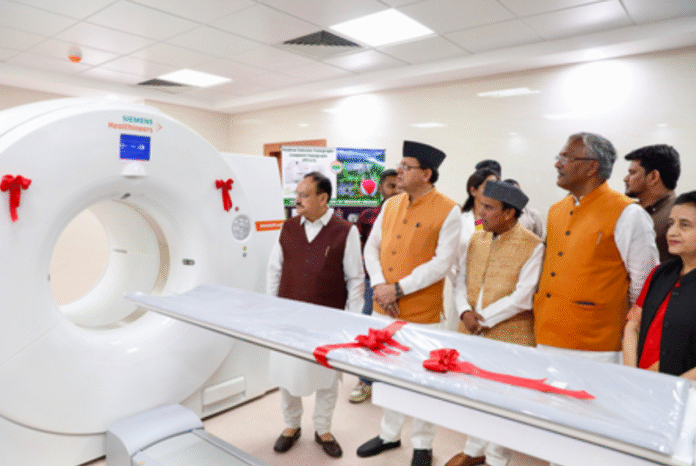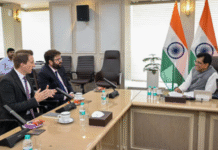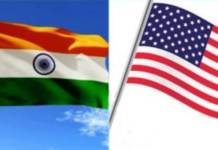New Delhi— As healthcare costs continue to soar in the United States, an increasing number of Americans are seeking more affordable treatment options abroad. However, a new report warns that recent U.S. tariffs may hinder the growth of the medical tourism industry.
U.S. trade policy has undergone significant changes in recent years, particularly with regard to tariffs on imports from countries like China. While these measures are often driven by economic and geopolitical concerns, they also have far-reaching effects on other sectors — including healthcare and, more specifically, medical tourism, according to a report by GlobalData, a leading data and analytics firm.
The U.S. has levied substantial tariffs on a variety of medical products imported from China, including syringes, needles, surgical gloves, and face masks.
“These items are essential to many medical procedures and daily healthcare operations,” the report noted. “Tariffs on these goods have disrupted supply chains, limited hospital procurement options, and increased the overall cost of healthcare delivery in the U.S.”
As a result, more Americans are opting for medical care abroad — a trend that’s fueling the growth of medical tourism. Popular destinations include Mexico, India, Thailand, and Costa Rica, where internationally accredited healthcare facilities offer high-quality services at a fraction of U.S. costs.
For instance, the average cost of a knee replacement in the United States can exceed $50,000. The same procedure can be performed in India or Mexico for as little as $8,000 to $12,000.
With U.S. healthcare providers grappling with higher operating expenses due to tariffs — particularly on imported surgical tools, diagnostic equipment, and protective supplies — the price gap between domestic and international care continues to widen. This growing disparity provides a strong financial incentive for patients to seek treatment overseas.
“While healthcare wasn’t the primary target of these tariffs, the impact on patient behavior is clear,” said Alexandra Murdoch, Senior Medical Analyst at GlobalData. “Rising medical device costs translate into higher out-of-pocket expenses, especially for those without comprehensive insurance coverage.”
The report emphasizes that U.S. tariffs on medical imports are not only reshaping global trade dynamics but also transforming the domestic healthcare landscape. The immediate consequence is a rise in treatment costs — a burden that disproportionately affects uninsured and underinsured populations.
One of the most visible effects of this pressure has been a surge in outbound medical tourism. Patients are increasingly looking for high-quality, affordable care in countries unaffected by these tariffs — a trend that is expected to continue if current trade policies and healthcare cost trajectories persist. (Source: IANS)







